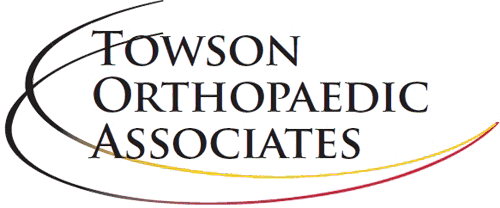Injury, disease, overuse, and long-term wear and tear on the shoulder can lead to painful conditions such as frozen shoulder, shoulder arthritis, and rotator cuff tears, which can often make simple movements difficult and demanding activities impossible. As a result, your enjoyment of life may suffer immeasurably.
When you schedule an appointment for examination, our skilled orthopaedic specialists will recommend a series of minimally invasive treatments tailored to your unique needs to help alleviate the symptoms of your shoulder condition; however, if conservative methods do not offer improvement after a reasonable period of time, surgical intervention may be required. Fortunately, our surgeons perform the most advanced techniques available, and total shoulder replacement from our practice often provides significant pain relief and long-lasting results.
If you have additional questions about total shoulder replacement, or if you wish to schedule an appointment with our physicians, please contact us today.



 Before determining you require surgical intervention our skilled physicians will recommend trying a number of non-surgical methods, which may include physical therapy, bracing, splinting, orthotics, injections, and/or stretching.
Before determining you require surgical intervention our skilled physicians will recommend trying a number of non-surgical methods, which may include physical therapy, bracing, splinting, orthotics, injections, and/or stretching.